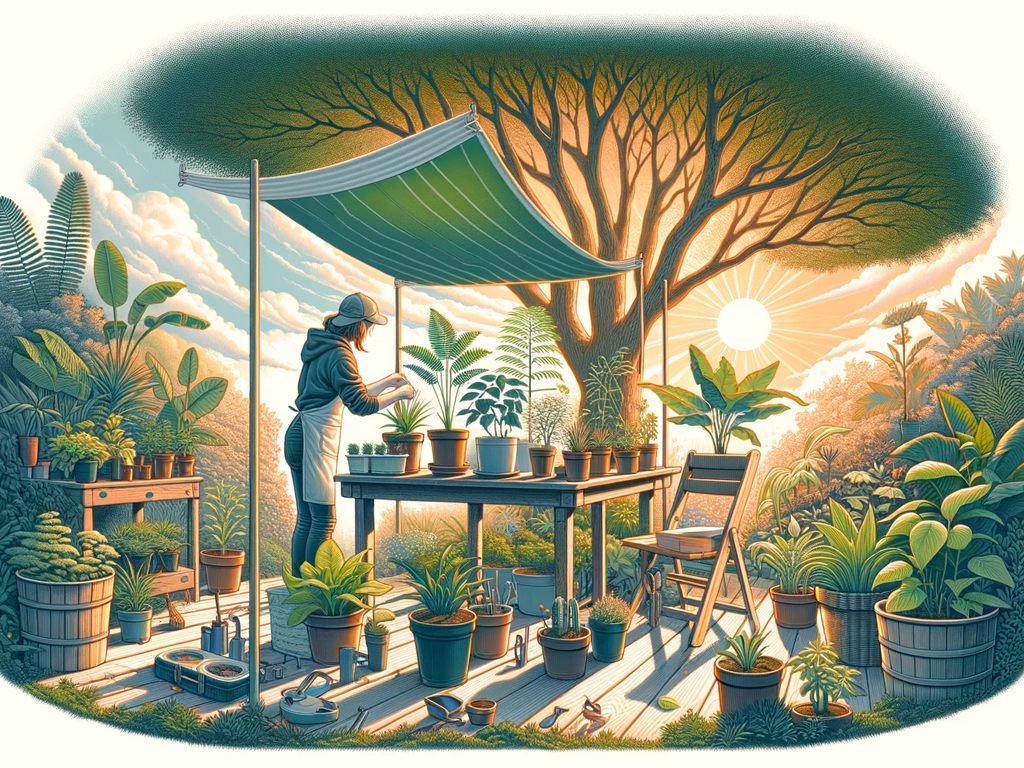Hardening off plants. What is it and how do you do it?

Something we often hear at The Grow Supplier is, “I germinated and grew my plants so carefully, but now that they’re going outside they won’t make it!”. Growing tomatoes, growing peppers, growing peppers, or any plant that you germinate indoors and eventually move outdoors must be hardened off. We tell you in this article what it is, and the best way to do it.
Hardening off, what is it?
Hardening off is the process of getting your indoor-grown seedlings used to the outdoors. By hardening off, you can safely move your young plants to the garden – and without slowing their growth!
How to successfully harden off indoor sown plants
“Hardening off” is the process of gradually acclimating indoor-sown plants to outdoor conditions.
For most plants, start hardening off a week before the last frost date for your area. Our garden planner uses data from your closest weather station to recommend when it’s safe to plant out, and provides a handy guide to work back from.
Choose a sheltered spot to harden off your plants. An unheated greenhouse or cold frame is a great tool for this, or you can cluster pots in buckets, crates or boxes to keep the wind out. Do not place pots directly on the ground where they can easily be knocked over by birds or attacked by snails.
Start hardening off on a quiet, cloudy day when temperatures are reasonably stable. Water the plants before they go outside. Put them in your sheltered spot for only two hours the first day. Leave them outside for another two hours the next day, with perhaps an hour of direct sunlight in the morning. Gradually increase the duration of outdoor time and direct sunlight for one to two weeks. You can then leave them outside overnight if there is no chance of frost.
Capping
In cold regions or countries, plants – especially tender plants such as tomatoes and peppers – must be prepared for cooler nights early in the growing season. Cover your crops with fleece or row covers toward the end of the hardening period to protect them overnight. Once crops are planted in their final positions, be alert for unexpected cold snaps and cover tender crops if necessary.
It’s a good idea to grow a few more plants than you need so you can keep some back just in case. Purchased plants may also need to be hardened off, especially if they have been sheltered.
Follow these steps and your plants and crops will overcome the step from indoors to outdoors with flying colors!
Want to read more interesting blogs? You can find these here!
Did you also like this article? Then share it directly from our website on your socials with your friends!
Facebook
Twitter
WhatsApp
Pinterest



